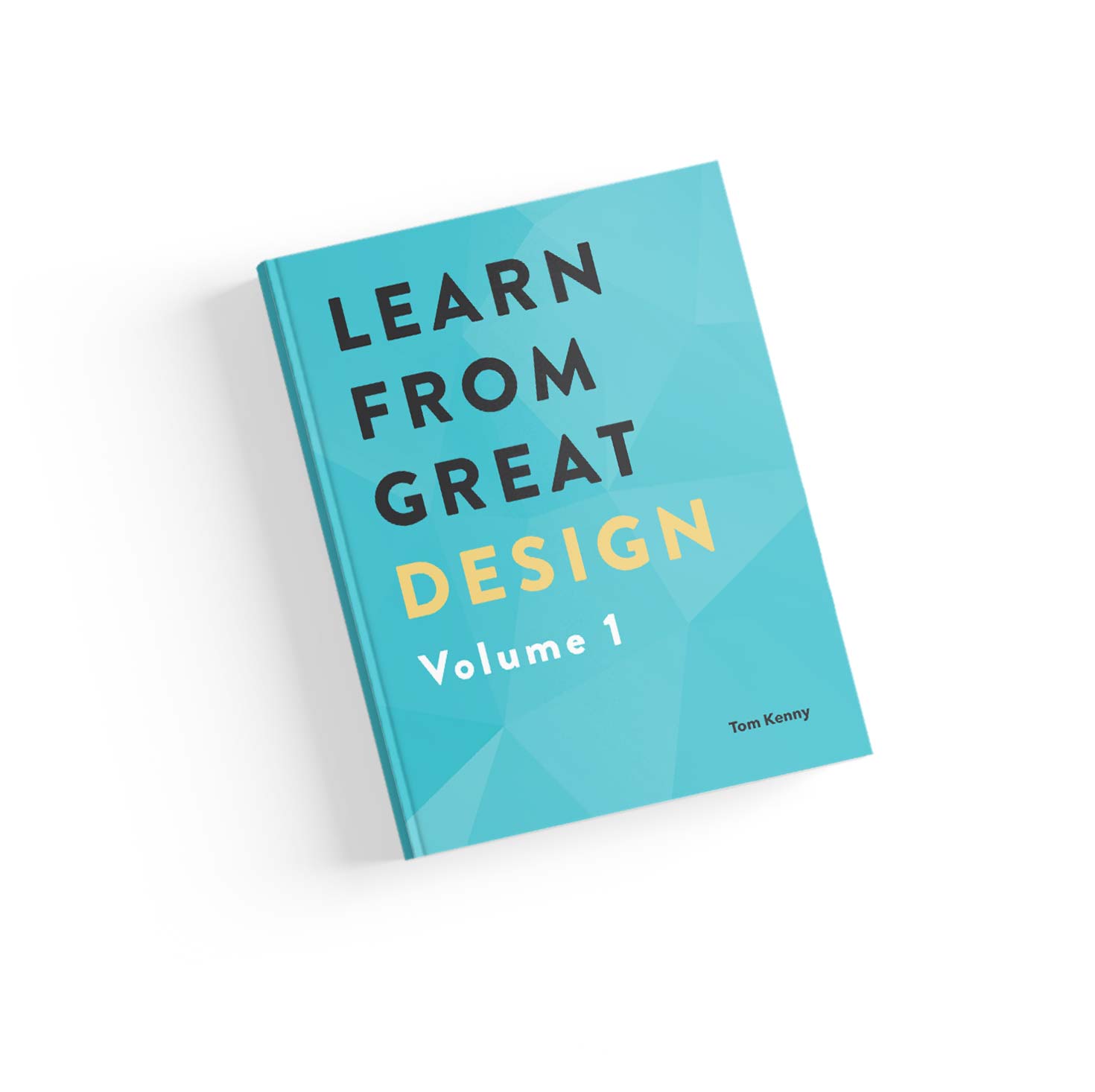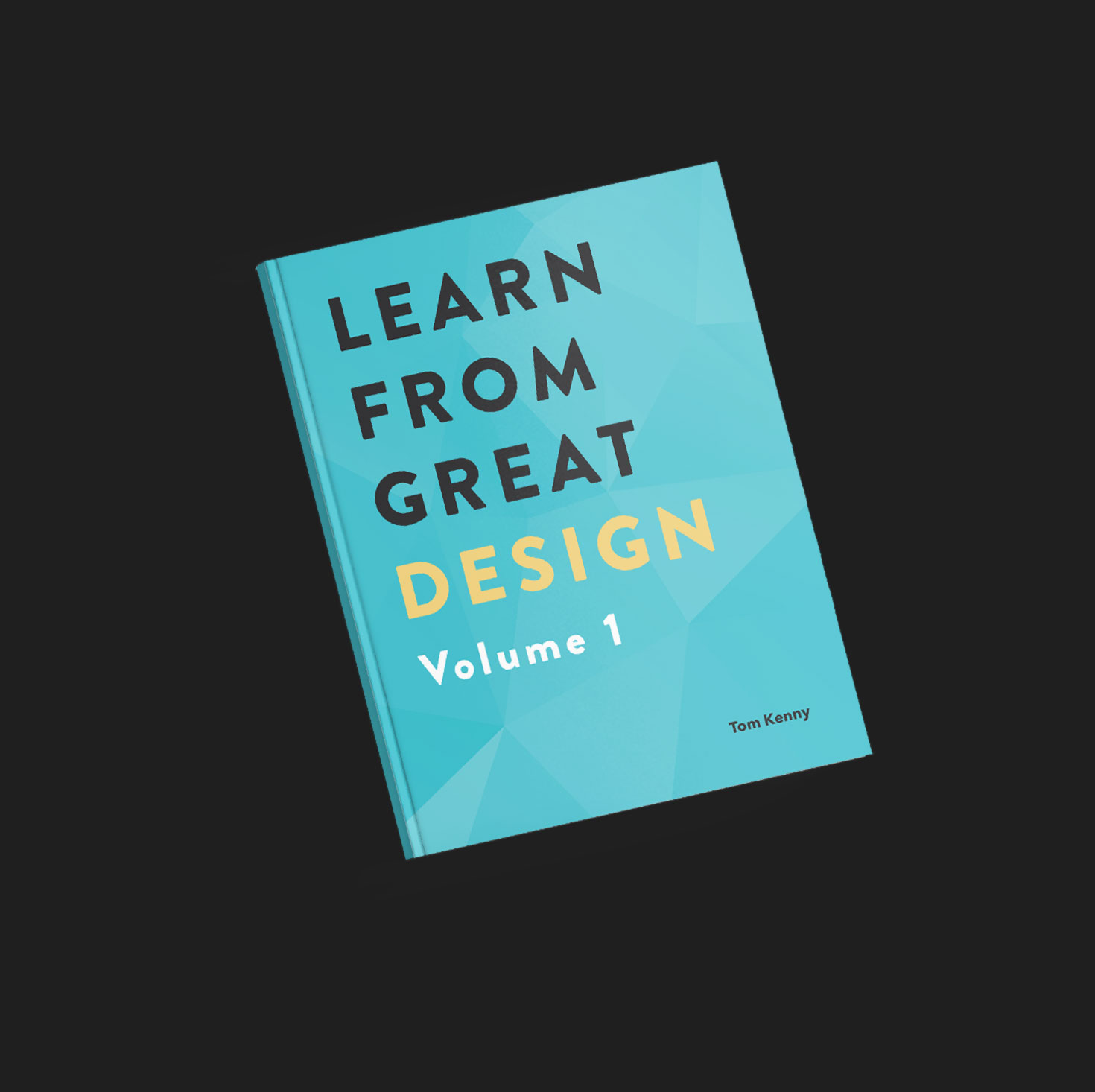It may be difficult to believe but the truth is that the best designers do come across creative block but they have ways to get past it easier than others. There is one technique they use that you may not be aware of when you only see the final finished work of art.
Quantity Leads to Quality
In the book Art & Fear, authors David Bayles and Ted Orland tell of a study of quality vs quantity:
The ceramics teacher announced that he was dividing the class into two groups. All those on the left side of the studio, he said, would be graded solely on the quantity of work they produced, all those on the right solely on its quality.
His procedure was simple: on the final day of class he would bring in his bathroom scales and weigh the work of the “quantity” group: fifty pounds of pots rated an “A”, forty pounds a “B”, and so on. Those being graded on “quality”, however, needed to produce only one pot — albeit a perfect one — to get an “A”.
Well, grading time came and a curious fact emerged: the works of highest quality were all produced by the group being graded for quantity!
It seems that while the “quantity” group was busily churning out piles of work — and learning from their mistakes — the “quality” group had sat around theorising about perfection, and in the end had little more to show for their efforts than grandiose theories and a pile of dead clay.
We’ve always been led to believe “quality over quantity” is the way to go, which makes sense on the surface but the reality is that the best path to quality, is actually quantity.
This doesn’t mean you should be giving your clients 10 different design options but it does mean you should be experimenting more to discover the best option for the project you’re working on. It also doesn’t mean you should be working from 7am to 11pm everyday. You know the importance of taking regular breaks to avoid burnout.
Iterate, Iterate, Iterate and Iterate Again
Research carried out by Ernest O’Boyle Jr. and Herman Aguinis in which they performed 5 studies involving 198 samples including 633,263 researchers, entertainers, politicians and amateur and professional athletes, the top performing 5 percent created 400 percent more than average, adding weight to the argument above from Art & Fear.
As noted in the research, results are “remarkably consistent” across industries and types of jobs, so we can apply the findings to web designers with confidence. One of the reasons why top designers create great design work is iteration. Iteration is the journey from good design to great design.
In almost every project I’ve worked on, my designs have greatly improved once it goes through the process of iteration. You can’t iterate forever of course even though great design is never finished but now we know top performers produce 4x more work, we can use this number as an indication of how many times they iterate a single web design project.
Why Were Beethoven, Bach and Mozart so Successful?
For further proof, research on the ratio of musical masterpieces to average work among professional composers shows the top performers such as Beethoven, Bach and Mozart, produced a higher volume of pieces overall.
So prolific are the great composers that a mere handful of them account for most of the works that make up the classical repertoire. Of the approximately 250 composers who have contributed at least one work of lasting fame, a mere 16 are responsible for about half of all works performed, and just three – Bach, Mozart, and Beethoven – contributed nearly 18 per cent (Moles, 1958/1968).
Experiment More and Iterate
I love seeing great design work in progress on Dribble, especially when I see it evolve through experimenting and multiple iterations into the the final design because I know they’re committed to taking their design work to the next level. We know it works, we have the proof.
Next time someone critiques your work, don’t take it personally. Instead, take it as a challenge to experiment more and iterate to make your design even better.


